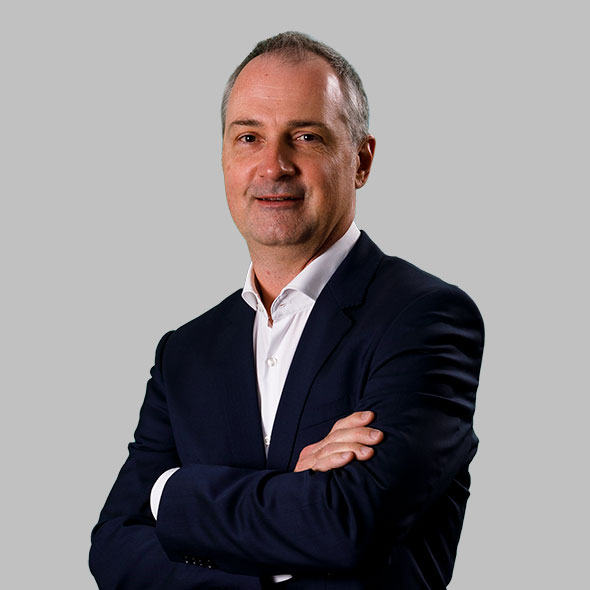
Imagine being able to predict how a group of people will behave before they even know it. From the dynamics of a sports team to the complexities of a nation, the ability to anticipate human interactions has long been a goal of scientists and analysts. Now, a team of cybersecurity experts at Sandia is pioneering a new approach to social analysis.
Cybersecurity expert Mike Brzustowicz believes a well-known mathematical function may provide the key to predict that level of social interaction.
“The Fourier transform is a mathematical principle which very simply tells you the frequency — the count — of things that you’re observing. A famous use of the Fourier transform is transforming sound waves and time into frequency,” Mike said. “We are working with the non-Abelian Fourier transform. This is a totally different thing. It tells you not about individual entities — it tells you about combinations of them. So instead of understanding what individual things are happening, it tells you what connections exist between groups of things.”
The work builds upon what was started with one of Mike’s collaborators, David Uminsky at the University of Chicago. Uminsky began the work at the University of San Francisco when trying to analyze genetic sequences and identify mutations. Eventually Uminsky and his team reached a point where they lacked the computing power to analyze large number sets and needed the computational capability that Sandia can offer.

“When you talk about a combination of things, there’s many, almost infinitely many, combinations of very small groups,” Mike said. “The basketball team idea is something my collaborator published a long time ago. There are 15 players on the bench and there’s five on the floor at a time. And then with those five on the floor, you look at thousands of combinations of the different players.”
But that is a small system to look at when compared to a community, a state or a nation — or groups of people who are not even geographically related.
“Ten years ago, it took forever to compute that on a computer, and now it takes me like a second. But when you think of a social network, you may be thinking of hundreds or thousands of people,” Mike said. “If you have 20 people together or 30 people, there are so many possible group combinations. You couldn’t maybe write them all down because you wouldn’t have enough memory on your computer or you wouldn’t be able to annotate them. If we wanted to look at social networks and understand how subgroups interact with social networks, we’re barely getting there. So that’s our challenge. We want to build this Fourier transform and what we really needed to take advantage of is Sandia’s compute cluster Kahuna. The team that runs that is awesome.”
Now Mike and his team are trying to figure out how big a transform they can compute and the kinds of groups they can predict.
“We’re already doing stuff that’s really cool,” Mike said. “It’s enviable that we can get to this level, but if we can go further, you know, like no one’s doing this. This is the non-Abelian Fourier transform.”
He added that research on these functions stopped in academia years ago because the numbers just got too big. But Sandia is ideally positioned to figure out where the math goes next.
“I think that’s what the national labs are good at,” Mike concluded. “We’re not academics; we’re not industry. We’re not bound by those two extremes — bounded by what can you do that will get published and bounded by, does this make the submit button at Google work better or make the timeline at Facebook more appealing? We’re in the middle where we’re, like, we solve practical problems, but we have these huge resources available to us.”
With funding from Labs Directed Research and Development, Mike and his team may soon be able to predict even the complexities of human interactions.